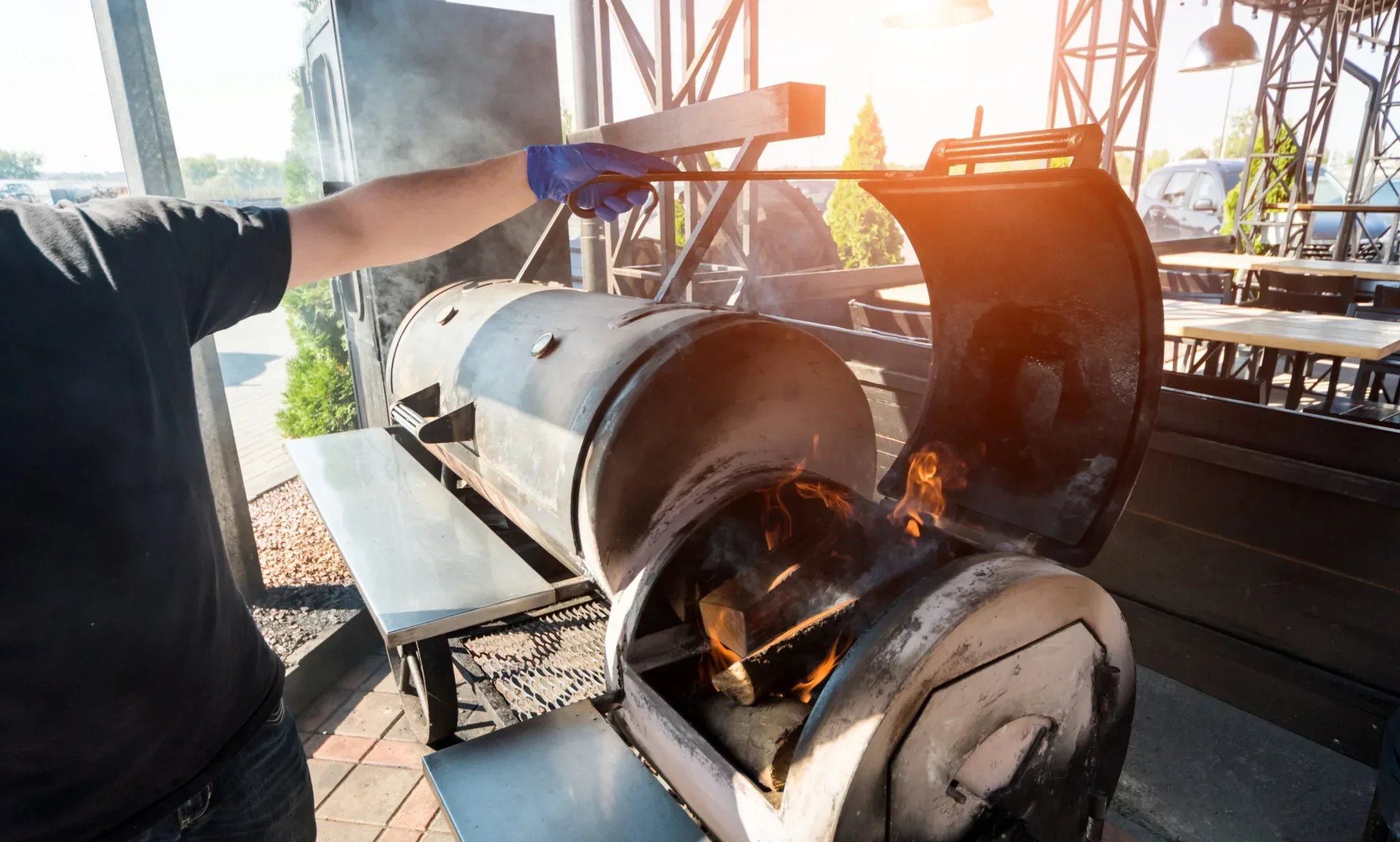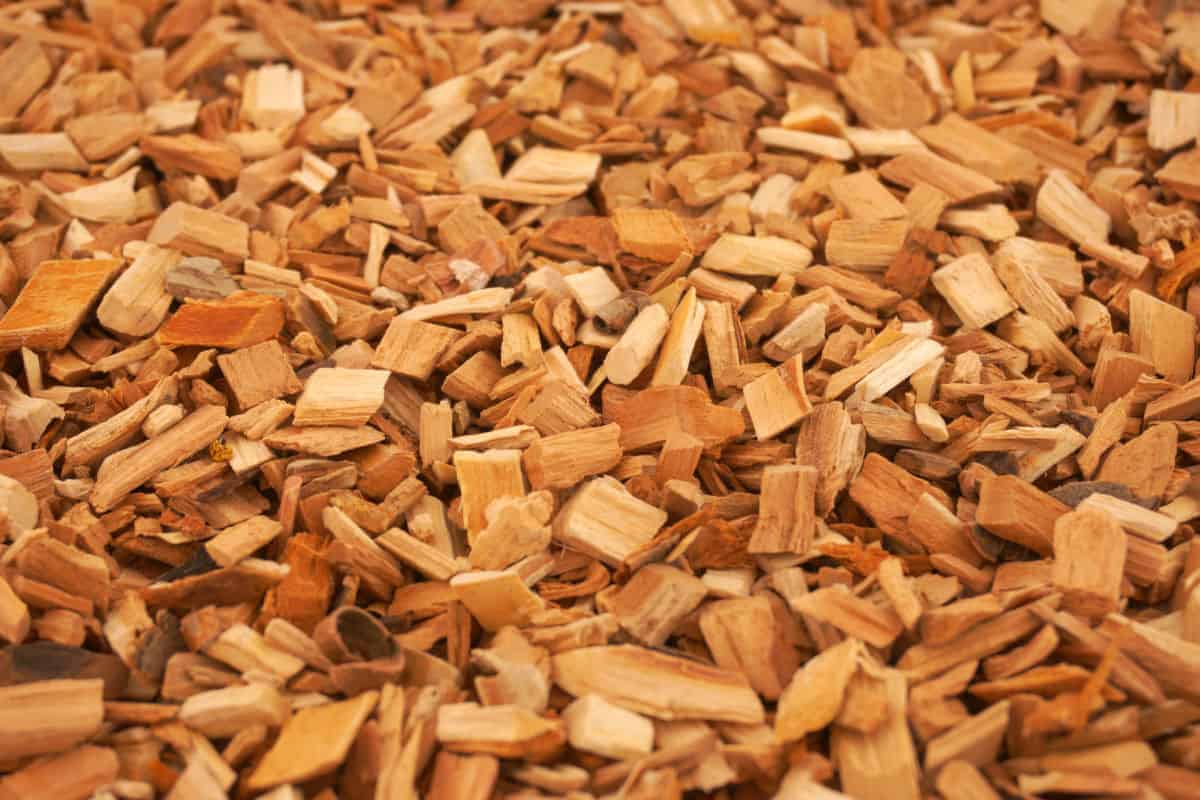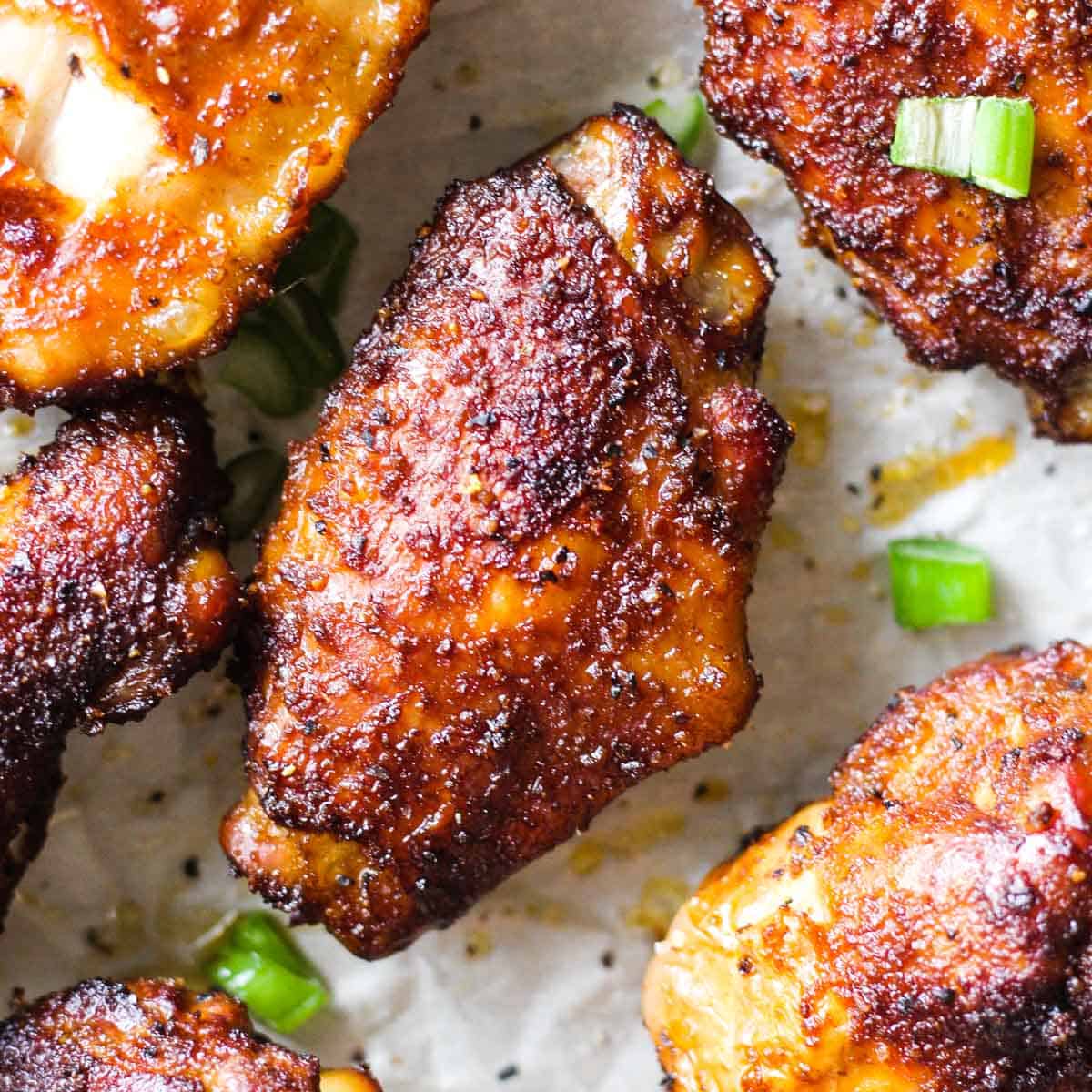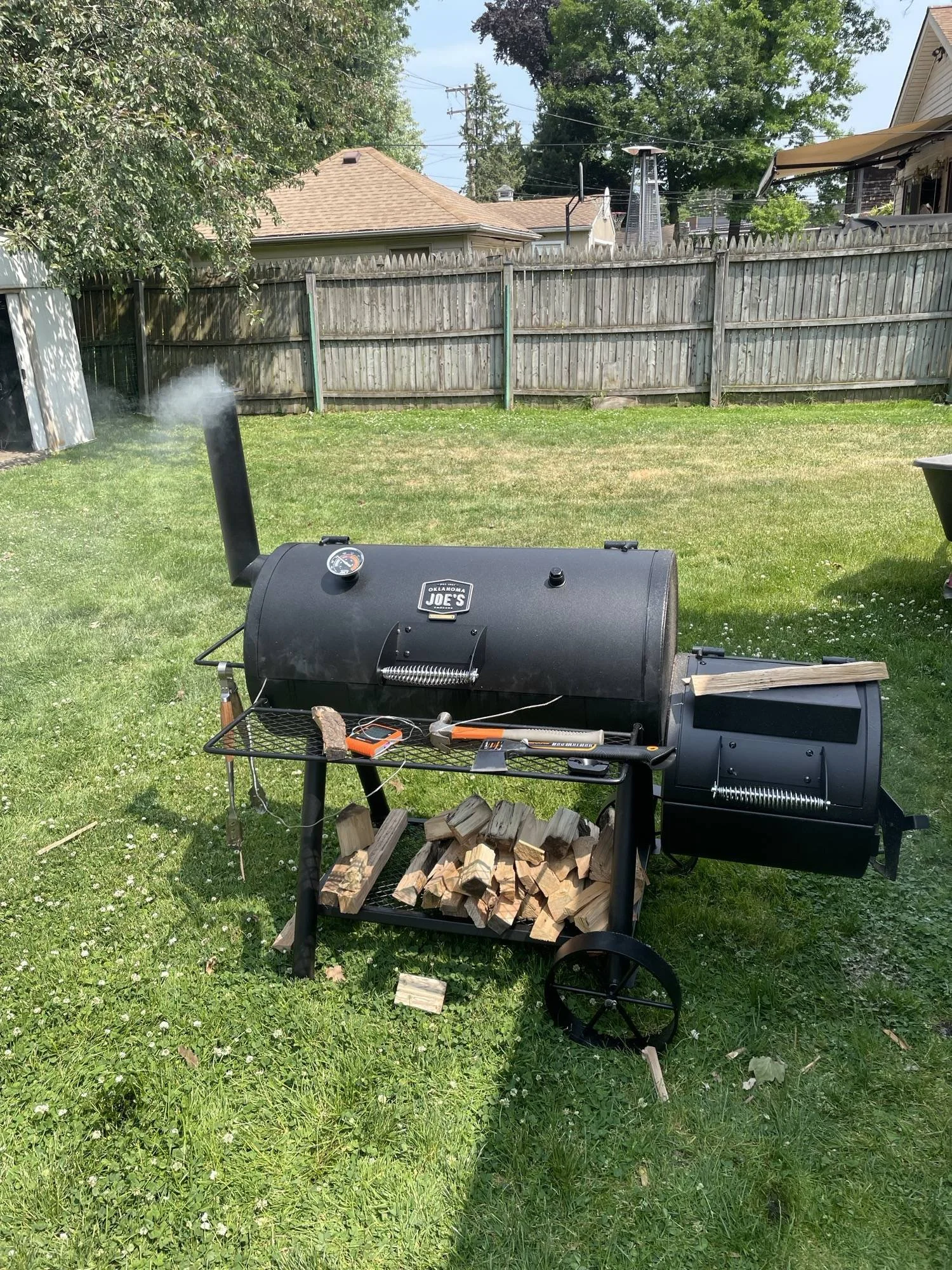The Ultimate Guide to Choosing the Best Wood Smoker for Your Grilling Needs
Wood smokers are a popular and traditional method of cooking and flavoring food. They have been used for centuries to infuse meats, fish, and vegetables with a rich, smoky flavor that is difficult to achieve with other cooking methods.
Wood smokers work by burning wood chips or chunks to produce smoke, which is then used to cook and flavor the food. This process can take several hours, but the results are well worth the wait. Wood smokers come in a variety of shapes and sizes, from small, portable models to large, stationary units.
They can be fueled by a variety of woods, each of which imparts its own unique flavor to the food being smoked. Whether you are a seasoned pitmaster or a novice cook, using a wood smoker is a great way to add depth and complexity to your culinary creations.
Wood smokers are a versatile cooking tool that can be used to smoke a wide variety of foods, including meats, fish, poultry, and vegetables. They are especially popular for smoking large cuts of meat, such as brisket, pork shoulder, and ribs, as well as whole poultry and fish.
The slow, low-temperature cooking process used in wood smokers helps to tenderize tough cuts of meat and infuse them with a rich, smoky flavor. In addition to adding flavor, smoking also helps to preserve food by inhibiting the growth of bacteria and other microorganisms.
This makes it an ideal method for preserving meats and fish without the need for refrigeration. Wood smokers are also a popular choice for outdoor cooking, as they can be used to prepare delicious meals while enjoying the great outdoors.
Types of Wood Smokers
There are several different types of wood smokers available on the market, each with its own unique features and benefits. The most common types of wood smokers include offset smokers, vertical water smokers, and pellet smokers.
Offset smokers, also known as barrel smokers, feature a large cooking chamber with a separate firebox attached to one side. This design allows for indirect heat and smoke to circulate around the food, resulting in even cooking and consistent flavor.
Vertical water smokers, also known as bullet smokers, consist of a tall, cylindrical cooking chamber with a water pan at the bottom and a fire pan at the top. The water pan helps to regulate the temperature and humidity inside the smoker, while the fire pan holds the wood chips or chunks that produce the smoke.
Pellet smokers are a more modern type of wood smoker that use compressed wood pellets as fuel. These smokers are easy to use and maintain, and they offer precise temperature control for consistent results.
In addition to these traditional types of wood smokers, there are also electric and gas-powered models available. Electric wood smokers are convenient and easy to use, as they require minimal effort to maintain a consistent temperature. Gas-powered wood smokers offer similar convenience, as they can be easily controlled with the turn of a knob.
However, many purists argue that these types of smokers do not produce the same depth of flavor as traditional wood-burning models. Ultimately, the type of wood smoker you choose will depend on your personal preferences and cooking needs.
Choosing the Right Wood for Smoking
Choosing the right type of wood is essential for achieving the best results when using a wood smoker. Different types of wood produce different flavors when burned, so it is important to select the right wood for the food you are smoking.
Popular Wood for Smoking:
-
Hickory:
- Most widely used
- Strong, smoky flavor
- Pairs well with various meats
-
Mesquite:
- Bold, earthy flavor
- Well-suited for beef and game meats
-
Applewood:
- Milder wood
- Sweet, fruity flavor
- Complements poultry and pork
-
Cherrywood:
- Milder wood
- Sweet, fruity flavor
- Complements poultry and pork
-
Oak:
- Versatile
- Medium-bodied smoke flavor
- Works well with all types of meat
When choosing wood for smoking, it is important to consider the intensity of the smoke flavor you desire and the type of food you will be smoking.
For example, stronger woods like hickory and mesquite are best suited to hearty meats like beef and pork, while milder woods like applewood and cherrywood are better suited to delicate meats like poultry and fish.
It is also important to use seasoned wood that is free from mold and other contaminants. Green or unseasoned wood can produce bitter flavors and harmful chemicals when burned, so it is best to use dry, well-aged wood for smoking.
Additionally, it is important to avoid using softwoods like pine and cedar for smoking, as they can produce resinous smoke that imparts an unpleasant flavor to the food.
Tips for Using a Wood Smoker
Using a wood smoker can be a rewarding experience that yields delicious results, but it does require some knowledge and skill to achieve the best outcomes. Here are some tips for using a wood smoker to help you get started:
1. Preheat your smoker: Before adding your food to the smoker, it is important to preheat it to the desired cooking temperature. This will help to ensure even cooking and consistent smoke production throughout the cooking process.
2. Use the right amount of wood: It is important to use the right amount of wood when smoking food. Too much wood can produce an overpowering smoke flavor that can make the food taste bitter or acrid, while too little wood may not impart enough flavor.
3. Monitor the temperature: Maintaining a consistent cooking temperature is essential for achieving good results when using a wood smoker. Use a reliable thermometer to monitor the temperature inside the smoker and make adjustments as needed.
4. Control the airflow: Proper airflow is essential for producing clean smoke and maintaining a steady cooking temperature in a wood smoker. Adjust the vents on your smoker to control the flow of air and smoke throughout the cooking process.
5. Allow for proper ventilation: It is important to allow for proper ventilation when using a wood smoker to prevent the buildup of creosote and other harmful byproducts of combustion. Make sure that your smoker has adequate ventilation to allow for the escape of smoke and other gases.
6. Be patient: Smoking food takes time, so it is important to be patient and allow for enough time for the food to cook and absorb the smoky flavors. Rushing the process can result in unevenly cooked or poorly flavored food.
By following these tips, you can achieve great results when using a wood smoker and enjoy delicious smoked foods that are full of rich, smoky flavor.
Maintaining and Cleaning Your Wood Smoker
Proper maintenance and cleaning are essential for keeping your wood smoker in good working condition and ensuring that it continues to produce great results. Here are some tips for maintaining and cleaning your wood smoker:
1. Clean after each use: After each use, it is important to clean your smoker to remove any leftover ash, grease, or food residue. This will help to prevent the buildup of harmful substances that can affect the flavor of your food.
2. Check for rust: Regularly inspect your smoker for signs of rust or corrosion, especially if it is made of metal. Rust can weaken the structure of your smoker and affect its performance over time.
3. Replace worn parts: Over time, parts of your smoker may become worn or damaged from regular use. It is important to replace these parts as needed to ensure that your smoker continues to function properly.
4. Store your smoker properly: When not in use, store your smoker in a dry, sheltered location to protect it from the elements and prevent rust or other damage.
5. Season your smoker: Seasoning your smoker involves coating the interior surfaces with oil or fat to create a protective layer that prevents rust and helps to improve the flavor of your smoked foods.
6. Clean the grates: The grates in your smoker can become coated with grease and food residue over time. It is important to clean them regularly to prevent the buildup of harmful substances that can affect the flavor of your food.
By following these maintenance and cleaning tips, you can keep your wood smoker in good working condition and continue to enjoy delicious smoked foods for years to come.
Recipes and Techniques for Wood Smoking
There are countless recipes and techniques for using a wood smoker to create delicious smoked foods. Whether you are a seasoned pitmaster or a novice cook, there are plenty of options for experimenting with different flavors and ingredients in your wood smoker. Here are some popular recipes and techniques for wood smoking:
1. Smoked brisket: Brisket is one of the most popular cuts of meat for smoking, as it becomes tender and flavorful when cooked low and slow in a wood smoker. A simple rub of salt, pepper, and garlic powder is all you need to enhance the natural flavors of this delicious cut of meat.
2. Smoked salmon: Salmon is another popular choice for smoking, as its rich flavor pairs well with the smoky notes imparted by the wood chips or chunks used in the smoker. A simple brine made with salt, sugar, and water can help to infuse the salmon with extra flavor before smoking.
3. Smoked chicken: Chicken is a versatile meat that takes on a delicious smoky flavor when cooked in a wood smoker. A simple marinade or dry rub can help to enhance the natural flavors of chicken while adding depth and complexity with smoky notes.
4. Smoked vegetables: Many types of vegetables can be smoked in a wood smoker to add depth and complexity to their flavors. Bell peppers, onions, zucchini, and eggplant are all great choices for smoking and can be used in a variety of dishes.
5. Smoking techniques: There are several different techniques for smoking food in a wood smoker, including hot smoking, cold smoking, and smoke-roasting. Each technique produces different results and flavors, so it is worth experimenting with different methods to find what works best for you.
By experimenting with different recipes and techniques for wood smoking, you can discover new flavors and create delicious smoked foods that will impress your friends and family.
Safety Precautions for Wood Smoking
While using a wood smoker can be an enjoyable experience that yields delicious results, it is important to take certain safety precautions to ensure that you cook safely and avoid potential hazards. Here are some safety precautions for wood smoking:
1. Use your smoker outdoors: Wood smokers should always be used outdoors in a well-ventilated area to prevent the buildup of harmful gases like carbon monoxide.
2. Keep children and pets away: Wood smokers can reach high temperatures during use, so it is important to keep children and pets away from them while they are in operation.
3. Use heat-resistant gloves: When handling hot surfaces or opening doors on your smoker during use, it is important to wear heat-resistant gloves to protect your hands from burns.
4. Avoid overloading your smoker: Overloading your smoker with too much food can cause it to overheat or produce uneven cooking results.
5. Monitor your smoker: It is important to monitor your smoker closely while it is in use to ensure that it maintains a safe operating temperature and does not pose any fire hazards.
6. Use caution when adding wood: When adding wood chips or chunks to your smoker during use, use caution to avoid burns from hot surfaces or flames.
By following these safety precautions when using a wood smoker, you can enjoy delicious smoked foods while minimizing potential risks or hazards.
Conclusion
In conclusion, using a wood smoker is a great way to add depth and complexity to your culinary creations by infusing them with rich smoky flavors. There are several different types of wood smokers available on the market, each with its own unique features and benefits.
Choosing the right type of wood is essential for achieving great results when using a wood smoker, as different types of wood produce different flavors when burned.
By following some simple tips for using a wood smoker and maintaining it properly, you can achieve great results while ensuring safety during operation. Experimenting with different recipes and techniques for wood smoking can help you discover new flavors and create delicious smoked foods that will impress your friends and family.
Originally posted 2024-02-24 16:13:00.





